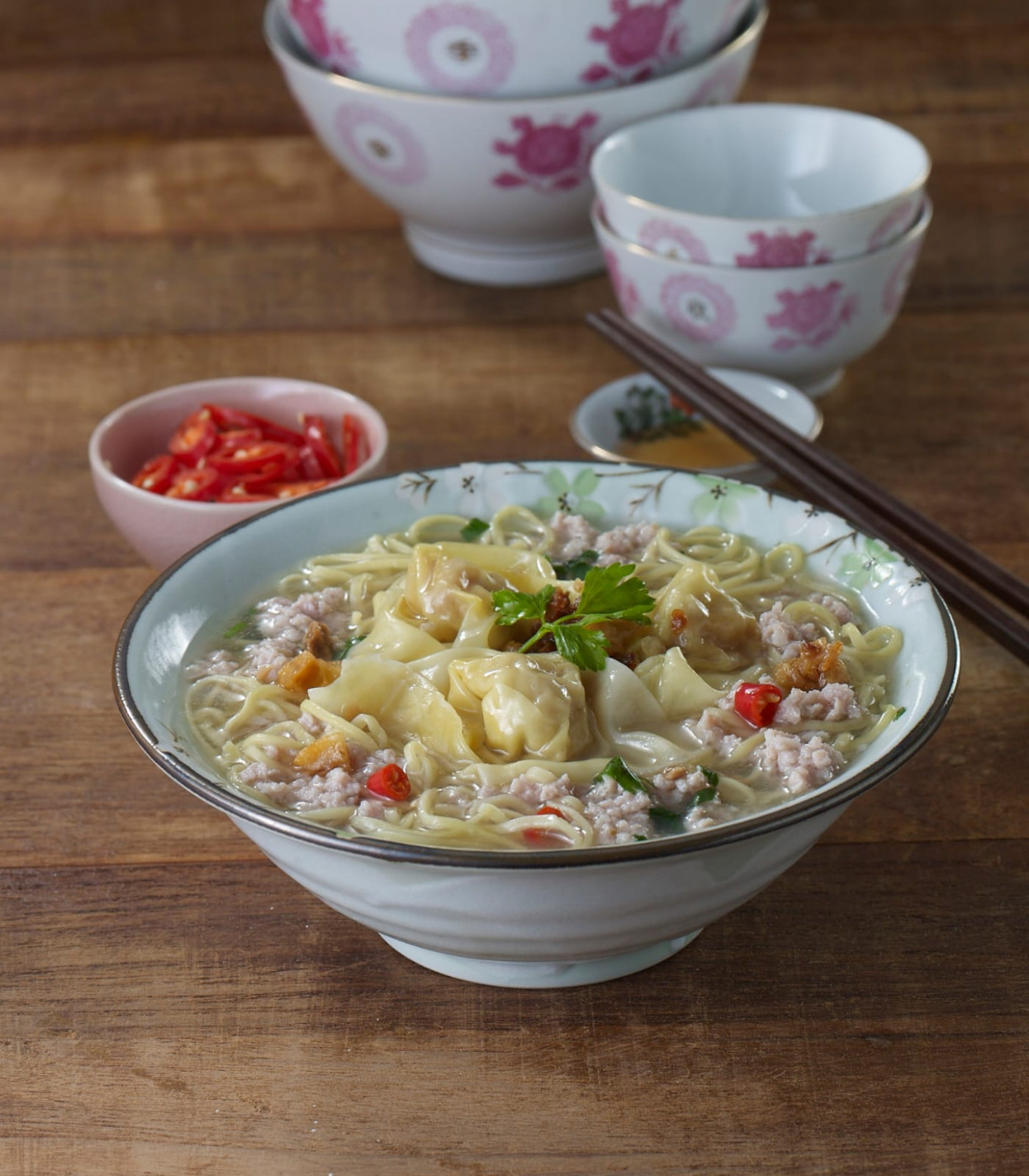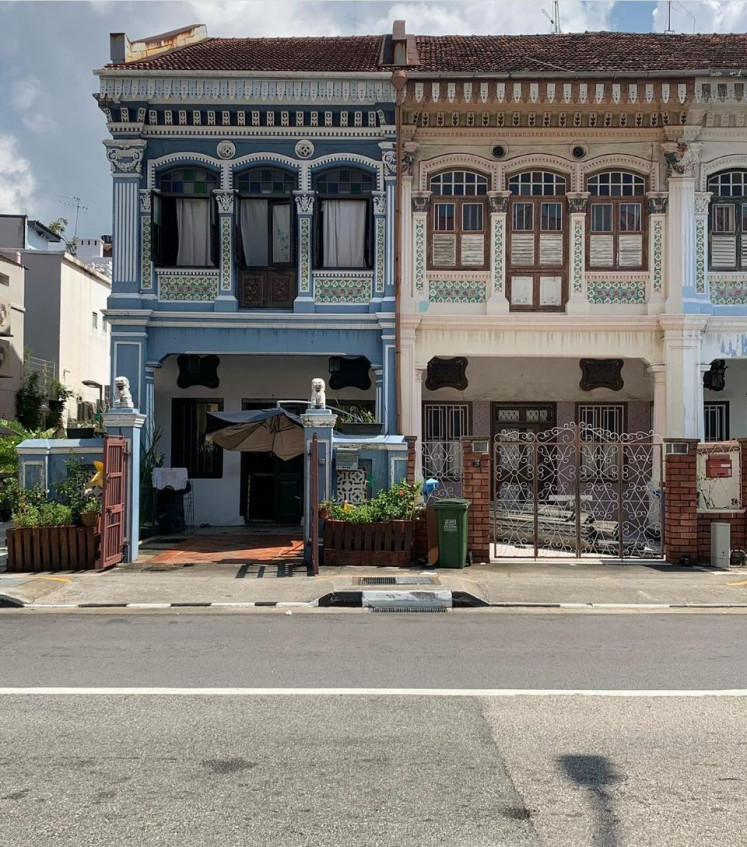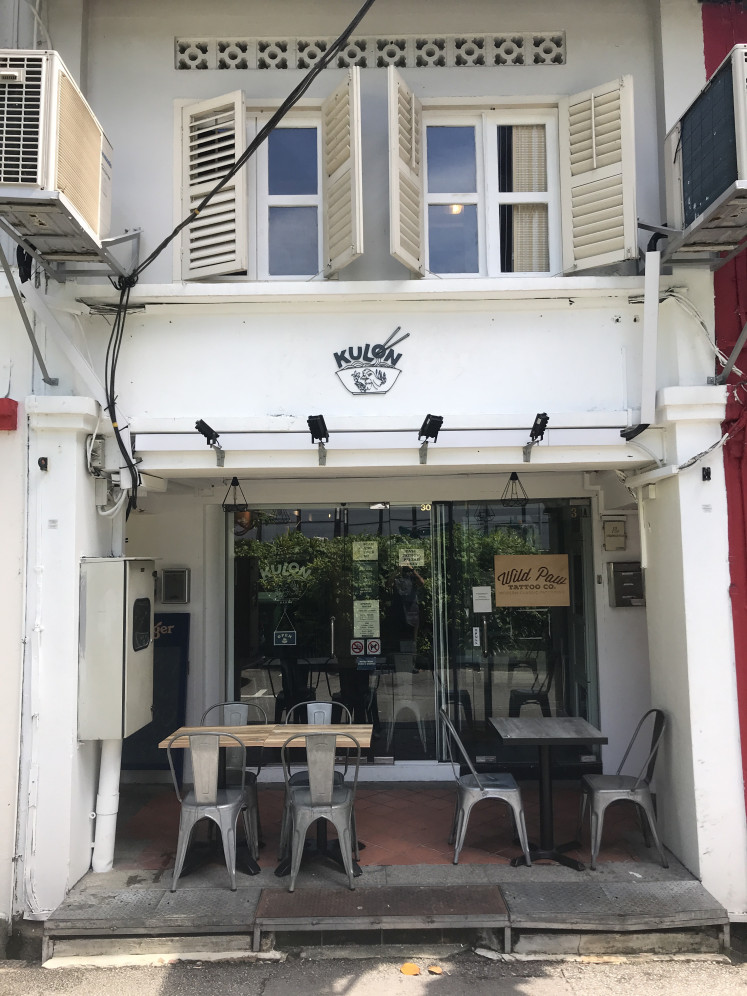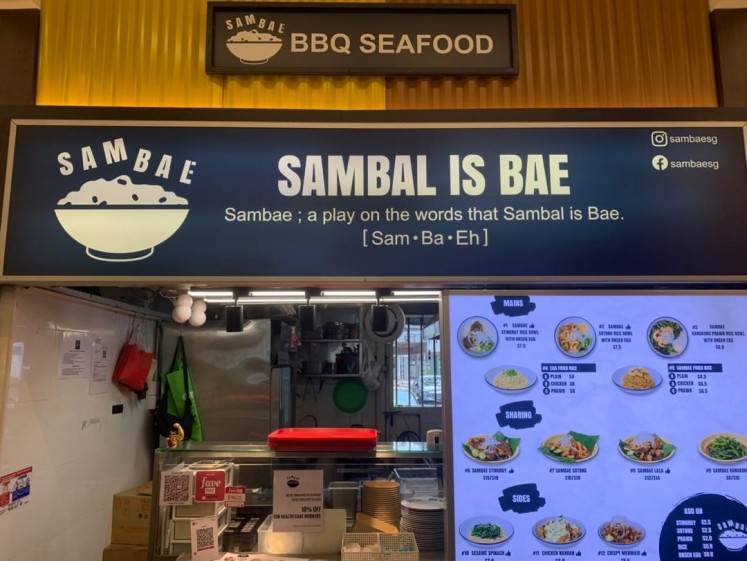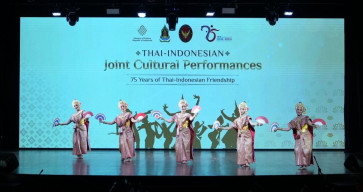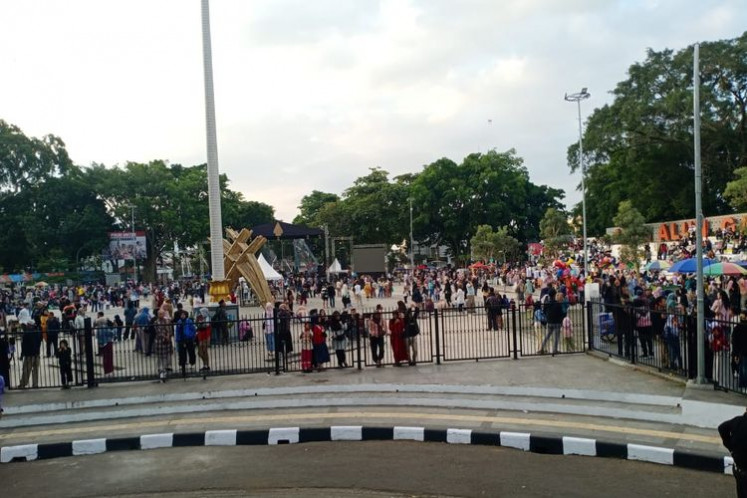Popular Reads
Top Results
Can't find what you're looking for?
View all search resultsPopular Reads
Top Results
Can't find what you're looking for?
View all search resultsDiverse & affordable: Four top eateries in Singapore
Change text size
Gift Premium Articles
to Anyone
Singapore offers a vibrant culinary scene that diners will most definitely want to experience.
As a cultural melting pot akin to Indonesia, Singapore serves a colorful variety of cuisines. Here are four dining spots not to miss when visiting the country, including a few with Indonesian roots.
Pondok Wak Nah
16 Bedok South Road, #01-11
Pondok Wak Nah is one of the oldest Indonesian eateries in Singapore. It is famous for rawon and jenganan, the latter more commonly called pecel in Indonesia. It has been around since 1946 and the family business is currently in its fourth generation.
“My great-grandfather from my mother’s side originally came from Central Java, and my great-grandfather from my father’s side came from East Java. They were [among] the early migrants that came to Singapore. They had already established a stall before Singapore became a fully developed country,” owner Saifuddin Bin Haji Sulaiman shared.
“My mother prepared everything from 2:30 a.m., while my sister helps from around 6 a.m. For me, I’ve known about the food stall since I was six, so you can imagine how old [it] is,” he added.
Pondok Wak Nah was originally located in Lorong Engku Aman hamlet, which was redeveloped into a subsidized public housing complex. For older Javanese residents in Singapore, the eatery is a place to reminisce about the past.
Saifuddin said “people of Javanese descent often gather” before the area was developed. “Even my father was able to speak Javanese fluently, even though he was born in Singapore. So the food is also a medium to share memories.”
Famous Eunos Bak Chor Mee
7 Eunos Crescent
Famous Eunos Bak Chor Mee is one of the oldest stalls serving pork bone soup in Singapore, having been established around 100 years ago. Bak chor mee is a noodle soup with blanched minced pork and pork wontons, garnished with fried garlic, green onions, cilantro and bak pok (crispy pork lard).
The family-owned hawker stall, currently run by fifth-generation Ler Jie Wei, has expanded over the years and now has outlets in several areas in Singapore.
“I'm representing the family heritage. I shall not mismanage it. Hence, we invest a lot in staff training,” said Ler.
Heritage buildings: Peranakan house in the area of Katong is also one of the most popular tourist spots for taking pictures. The area is filled with local artisan businesses. (JP/Yohana Belinda) (JP/Yohana Belinda)He is proud of being a hawker and has been involved in the family business since he was 10 years old, helping his parents do the dishes.
“It’s a legacy that was left by my great-great-grandfather. Everyone is aiming to be a doctor, lawyer, banker or executive. I'm afraid that this legacy may be lost if I don’t take over it,” he added.
Aside from its signature dish, Famous Eunos Bak Chor Mee also offers other dishes, like dumpling soup, fish ball noodles and fish ball soup.
The flagship food stall is located in a famous hawker district called Eunos Crescent, which is known for its Peranakan heritage. Just 2.2 kilometers from Katong, a residential neighborhood with heritage buildings like colonial bungalows and colorful shop houses, diners can explore the area's rich Peranakan history and culture at the nearby Eurasian Heritage Centre.
Kulon
30 Bali Lane
Be sure to head to Kulon on Bali Lane to get a bowl of good noodles, run by mother-and-son duo Wati Abddul Khamid and Haris Ahmad. It is close to Haji Lane, known for its boutiques, photo spots and the latest culinary trends.
“Bakmi has been a huge part of my life growing ups my mom is from Indonesia. We would make frequent trips back to Central Java and one of the things I looked forward to eating was mie ayam (chicken noodles),” Haris said.
“It also brings fond memories of my time in Indonesia with my late uncles. They would take me around town to eat, explore and appreciate true Indonesian flavors,” he added.
An homage to his home country: Inspired by his childhood memories, Haris opened his own 'bakmi' stall to share his passion for Indonesian food. (Courtesy of Haris Ahmad) (Courtesy of Haris Ahmad/Courtesy of Haris Ahmad)Haris opened Kulon in 2018. One of its most popular dishes is bakmi komplit, a bowl of chicken noodle soup served with minced beef and chicken, egg and bakso (meatballs). For people who want to try something else, try nasi ayam geprek(smashed fried chicken) with sambal ijo (green chili sauce) or bakmi tempe (tempeh noodle soup) for a vegetarian option.
“We want our menu to be inclusive and cater to vegetarian demands. As there are plenty of vegetarians in the community, they can enjoy a bowl of bakmi with their non-vegetarian friends as well,” Haris said.
Sambae
721 Ang Mo Kio Avenue 8, #01-2823
Noel Phua, 24, runs his own hawker stall named Sambae, derived from “sambal (chili sauce) is bae”.
At Sambae, diners can order a variety of spicy dishes using different ingredients, from stingray to fried rice and stir-fried kangkung (water spinach) with sambal and squid. The dishes’ flavors should be familiar to many Indonesians, who love spicy food.
Like most hawker stalls, Noel’s also has a backstory. “I chose to do traditional [dishes], as these dishes are meant to be full of depth and flavor, as well as offer the comfort of familiarity,” he said.
“Hawker for me is like Singaporean culture. Family gathering, friends gathering,” said Noel, who studied Asian culinary arts and uses only fresh ingredients.
Hot choice: If you want some fiery challenge in your plate, Sambae gets your back. (Courtesy of Noel Phua) (Courtesy of Noel Phua/Courtesy of Noel Phua)At Sambae, diners can also enjoy pickled Japanese cucumber and sous vide onsen egg, which add a touch of fusion.
The standout dish is Sambae Sotong, featuring barbecued fresh squid and sambal that balances spicy, sweet and tangy flavors, and comes served with rice. The Chicken Nanban is also perfect as a side dish if you want more food.

